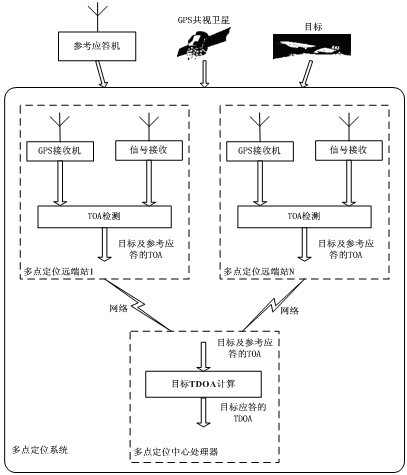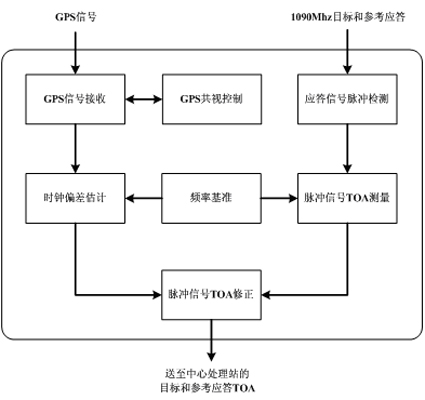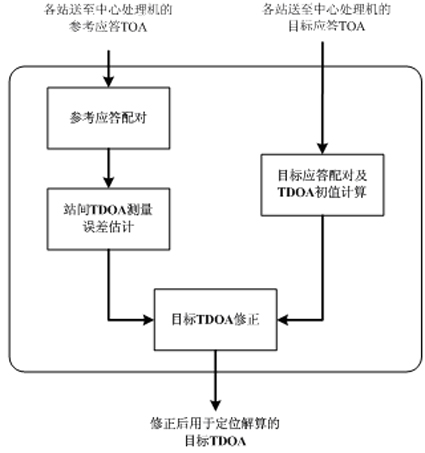High-precision distributed pulse signal time difference of arrival detection system
A pulse signal and detection system technology, which is applied in the field of civil aviation, can solve the problems of difficult wiring and cable layout, and the distance between stations cannot be too large, so as to reduce the target positioning error and improve the overall performance.
- Summary
- Abstract
- Description
- Claims
- Application Information
AI Technical Summary
Problems solved by technology
Method used
Image
Examples
Embodiment Construction
[0057] All features disclosed in this specification, or steps in all methods or processes disclosed, may be combined in any manner, except for mutually exclusive features and / or steps.
[0058] Any feature disclosed in this specification (including any appended claims, abstract and drawings), unless expressly stated otherwise, may be replaced by alternative features which are equivalent or serve a similar purpose. That is, unless expressly stated otherwise, each feature is one example only of a series of equivalent or similar features.
[0059] Reference-response pairs and target-response pairs:
[0060] The target TDOA calculation module receives the data transmitted by each remote station, and preprocesses these data. Extract the target symbol and TOA. For the target TDOA calculation module, the reference answer is only a special target. Other processing flows and goals are the same.
[0061] Assume that the time difference TDOA between a target arriving at two remote ...
PUM
 Login to View More
Login to View More Abstract
Description
Claims
Application Information
 Login to View More
Login to View More - R&D
- Intellectual Property
- Life Sciences
- Materials
- Tech Scout
- Unparalleled Data Quality
- Higher Quality Content
- 60% Fewer Hallucinations
Browse by: Latest US Patents, China's latest patents, Technical Efficacy Thesaurus, Application Domain, Technology Topic, Popular Technical Reports.
© 2025 PatSnap. All rights reserved.Legal|Privacy policy|Modern Slavery Act Transparency Statement|Sitemap|About US| Contact US: help@patsnap.com



